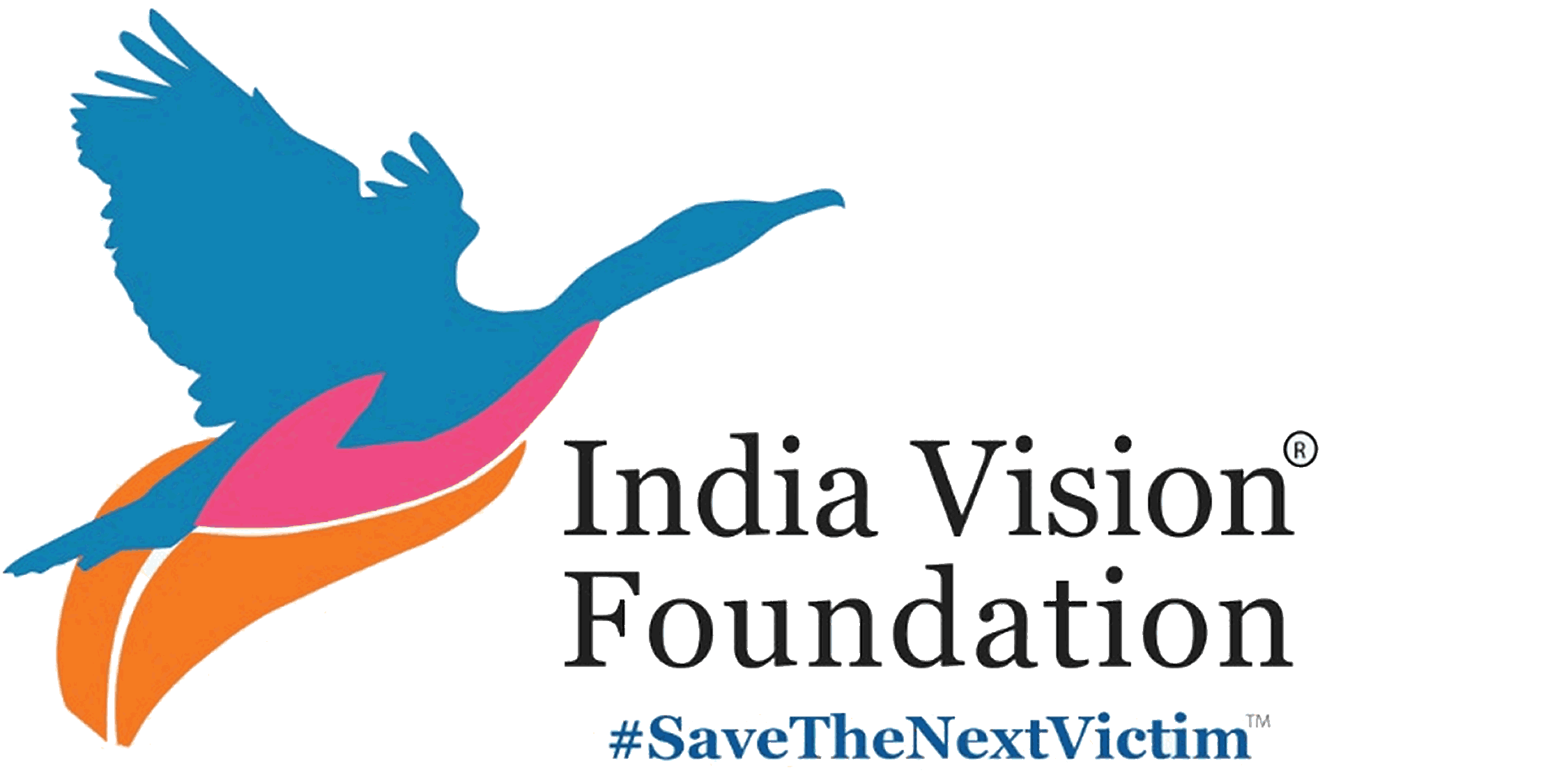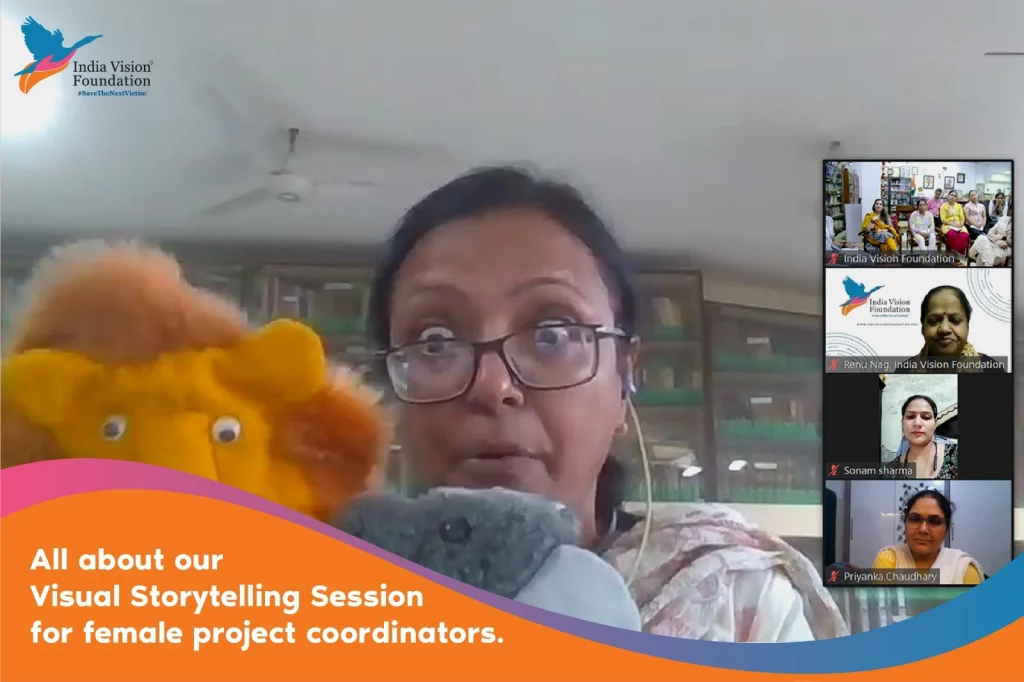Introduction
In the realm of social change, storytelling is a powerful tool. It has the ability to inspire, educate, and connect people across diverse backgrounds. Recognizing this, the India Vision Foundation hosted a dynamic visual storytelling session for female project coordinators, in collaboration with JB Bal Sadan, Ayodhya. This session aimed to empower these coordinators with the skills to effectively communicate their projects and the impact of their work through visual media. Led by Ms. Anjali and her team, the session was an enriching experience that highlighted the transformative power of storytelling.
The Importance of Visual Storytelling
Visual storytelling combines images, videos, and graphics with narrative elements to convey a message or tell a story. In the context of social projects, it serves as a vital tool for several reasons:
- Engagement: Visuals are inherently engaging and can capture the audience’s attention more effectively than text alone. They make complex information more accessible and relatable.
- Emotional Connection: Stories told through visuals can evoke emotions, making the message more memorable. This emotional connection can inspire action and drive support for social causes.
- Clarity and Impact: Visuals can simplify complex ideas and make them easier to understand. This clarity is crucial when communicating the impact of social projects to stakeholders, donors, and the general public.
- Inclusivity: Visual storytelling can transcend language barriers, making it an inclusive way to communicate with diverse audiences.
The Session Overview
The visual storytelling session was designed to equip female project coordinators with the skills needed to harness the power of visual media. The session was divided into several key components, each focusing on different aspects of visual storytelling.
1. Introduction to Visual Storytelling
The session began with an introduction to the basics of visual storytelling. Ms. Anjali and her team provided an overview of what visual storytelling entails, its significance in the social sector, and how it differs from traditional storytelling methods. Participants were introduced to various forms of visual media, including photography, video, infographics, and digital illustrations.
2. Understanding the Audience
A crucial element of effective storytelling is understanding the audience. The coordinators were guided on how to identify and analyze their target audience. This included understanding the demographics, interests, and preferences of the audience to tailor the storytelling approach accordingly. The session emphasized the importance of empathy in storytelling, encouraging participants to consider the perspectives and emotions of their audience.
3. Crafting the Story
Ms. Anjali and her team then delved into the art of crafting a compelling narrative. They explained the structure of a story, including the introduction, conflict, resolution, and call to action. Participants learned how to identify the key message they wanted to convey and how to build a narrative around it. The session also covered the importance of authenticity and transparency in storytelling, especially when representing real-life experiences and social issues.
4. Visual Elements and Techniques
The core of the session focused on the visual elements and techniques that enhance storytelling. This included:
● Photography: Participants were taught the basics of photography, including composition, lighting, and framing. They learned how to capture powerful images that tell a story and evoke emotions.
● Videography: The session covered the fundamentals of videography, including shooting techniques, camera angles, and editing. Participants explored how to create short videos that effectively communicate their project’s impact.
● Infographics and Graphics: The coordinators were introduced to the use of infographics and graphics to present data and information visually. They learned how to design clear and engaging visuals that can convey complex information simply.
5. Hands-on Practice and Feedback
To reinforce the learning, the session included hands-on practice. Participants were given the opportunity to create their visual stories using the techniques they had learned. They worked on real-life scenarios from their projects, capturing images, shooting videos, and designing graphics. Ms. Anjali and her team provided personalized feedback, helping participants refine their skills and improve their storytelling techniques.
6. Digital Platforms and Dissemination
The final part of the session focused on the digital platforms available for disseminating visual stories. The coordinators were guided on how to choose the right platform based on their target audience and objectives. The session covered social media platforms, websites, blogs, and digital publications. Participants learned about the importance of consistent branding and messaging across platforms to build a strong online presence.
Implementing Storytelling in Crèches Inside Prison
One of the key outcomes of the session was the plan for female project coordinators to implement the storytelling method in crèches inside prisons. This initiative is aimed at supporting children of incarcerated parents, providing them with a nurturing and educational environment. By using storytelling, the coordinators can create engaging and educational content that helps these children cope with their unique challenges and develop a love for learning.
Impact and Outcomes
The visual storytelling session had a profound impact on the participants. It not only equipped them with practical skills but also boosted their confidence in communicating their projects’ stories. By the end of the session, the coordinators were more adept at using visual media to highlight the impact of their work, engage stakeholders, and inspire action.
Future Opportunities
The session also opened up new opportunities for collaboration and growth. Participants expressed interest in further training and workshops to deepen their skills. The India Vision Foundation and JB Bal Sadan are committed to providing continued support and resources to these coordinators, helping them leverage visual storytelling to achieve their project goals.


